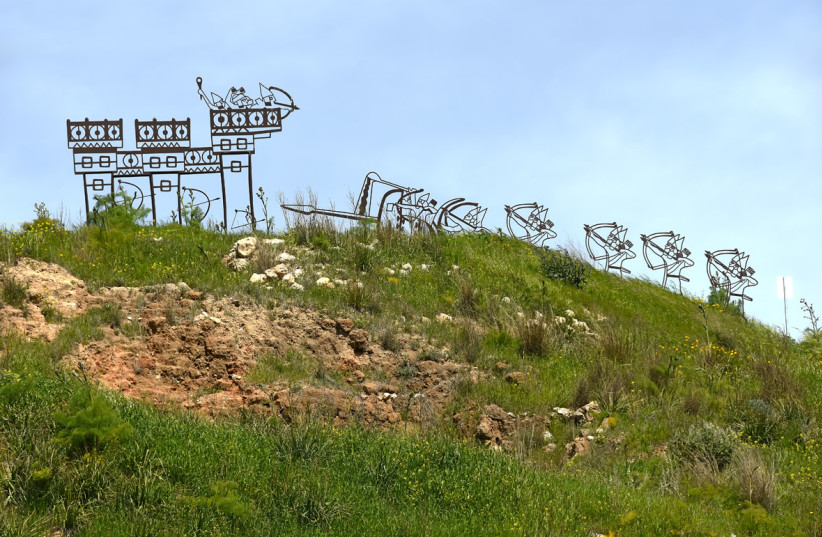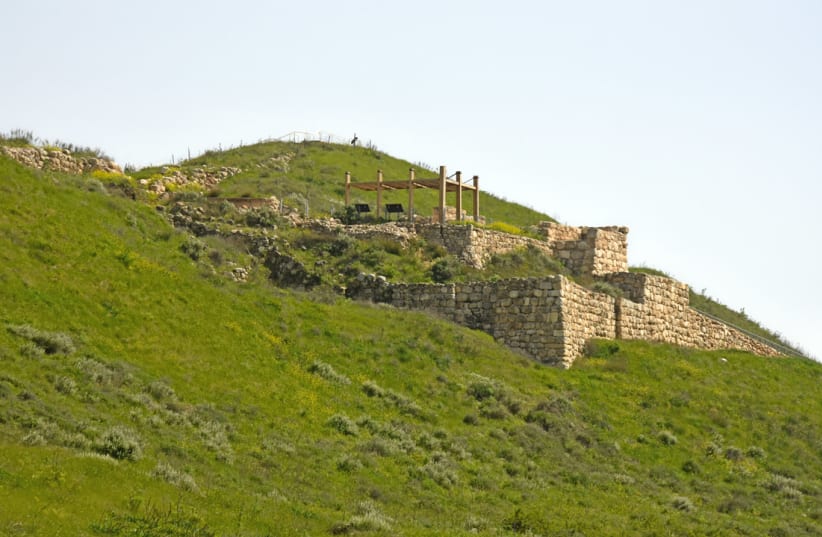The lowlands of Judea, the region known in Hebrew as Hashfela, were very active with human life in ancient times. This region was also mentioned a number of times in the Bible, and today, only ruins and remains are left from that era.
One of these ruins is Tel Lachish, a biblical site that is located right beside Moshav Lachish. Tel Lachish was known as an important fortified city that was second only to Jerusalem in the Kingdom of Judea.
However, its strategic location takes it even further into the past and into the hands of the Egyptians. After the Egyptians, it was conquered by the Israelites in the 12th century BCE in the time of Joshua bin Nun.

Today, the site is a national park that is open to the public. Travelers are invited to explore the visitor center and the walk up the hill to the site itself along with different artifacts. It is truly a journey through time and through the chain of historical events and different nations that took control over this fortified city. Among the conquerors were the Assyrians, led by Sennacherib, and the Babylonians.

Your exploration will take you past the city gate, the massive walls, the central street and a very deep well descending 44 meters. Don’t forget to look out to enjoy some beautiful views of the green fields where vineyards cover the fertile soil of this region. Also bring a hat during the summer season since there are few shady spots.
